How Environmentally Sustainable is Anaerobic Digestion?
In the quest for sustainable energy solutions, anaerobic digestion stands out as a beacon of innovation and environmental stewardship. This process, central to the functionality of anaerobic digesters, is not only revolutionising waste management but is also contributing significantly to the renewable energy sector. In this comprehensive article, we will explore the intricacies of anaerobic digestion, its benefits, and its role in promoting environmental sustainability, especially within the context of the UK's robust environmental policies.
Environmental Benefits of Anaerobic Digestion
Anaerobic digestion technology is not just about managing waste or producing energy; it's a multifaceted approach to environmental sustainability. Let's delve into how this technology contributes to a greener planet.
Reducing Greenhouse Gas Emissions (H3)
One of the most significant environmental benefits of anaerobic digestion is its ability to reduce greenhouse gas emissions. By capturing methane that would otherwise escape into the atmosphere from decomposing organic waste, anaerobic digestion plants are instrumental in mitigating climate change.
Waste Reduction and Recycling (H3)
Anaerobic digestion of food waste and other organic materials significantly reduces the volume of waste sent to landfills. Furthermore, the process converts these materials into useful products, embracing the principles of a circular economy.
Energy Production and Conservation (H3)
Anaerobic digestion gas production is a key component in the renewable energy sector. The biogas produced can be used for heating, electricity generation, or as a fuel for vehicles, reducing reliance on fossil fuels and promoting energy independence.
Anaerobic Digestion in Agricultural Settings
Agriculture plays a pivotal role in the anaerobic digestion landscape. Anaerobic digesters can transform the agricultural sector by offering solutions for waste management, energy production, and soil fertility enhancement.
Enhancing Soil Fertility and Crop Yield
The digestate produced from anaerobic digestion is rich in nutrients and can be used as a high-quality fertiliser, improving soil health and increasing crop productivity. This represents a significant step towards more sustainable and efficient agricultural practices.
Promoting Sustainable Livestock Management
Anaerobic digestion of livestock manure not only helps in managing waste but also in reducing odours and pathogens, contributing to a healthier and more sustainable environment for both livestock and neighbouring communities.
Anaerobic Digestion and its Role in the UK
The UK has been at the forefront of adopting anaerobic digestion technology. Numerous anaerobic digestion plants across the nation are testament to the commitment to renewable energy and sustainable waste management.
Anaerobic Digestion Plants in the UK
Anaerobic digestion plants in the UK vary in size and capacity, serving different needs from small-scale farm-based plants to large-scale facilities. The growth of this sector is a crucial element in the UK's strategy to reduce carbon emissions and promote renewable energy.
Policy and Support
The UK government provides various incentives and support for anaerobic digestion projects. These include feed-in tariffs, renewable heat incentives, and grants for innovation in anaerobic digestion technology, underscoring the nation's commitment to this sustainable technology.
Challenges and Future of Anaerobic Digestion
While anaerobic digestion offers numerous environmental benefits, it's not without its challenges. Issues such as feedstock contamination, operational costs, and technological constraints need to be addressed to fully harness the potential of this technology.
Gasification
Comparing anaerobic digestion with other technologies such as gasification is crucial in understanding its place in the spectrum of renewable energy solutions. Each technology has its unique advantages and application areas, and a holistic approach is essential for a sustainable energy future.
Innovations in Anaerobic Digestion Technology
Continuous research and innovation are pivotal for enhancing the efficiency and applicability of anaerobic digestion. New developments in this field promise to address existing challenges and open new opportunities for this versatile technology.
Conclusion
Anaerobic digestion stands as a testament to human ingenuity in our quest for sustainability. It exemplifies an integrated approach to waste management, energy production, and environmental conservation. As we continue to explore and refine this technology, its role in shaping a sustainable future becomes ever more significant. In embracing anaerobic digestion, we take a significant stride towards a more sustainable and resilient world.
